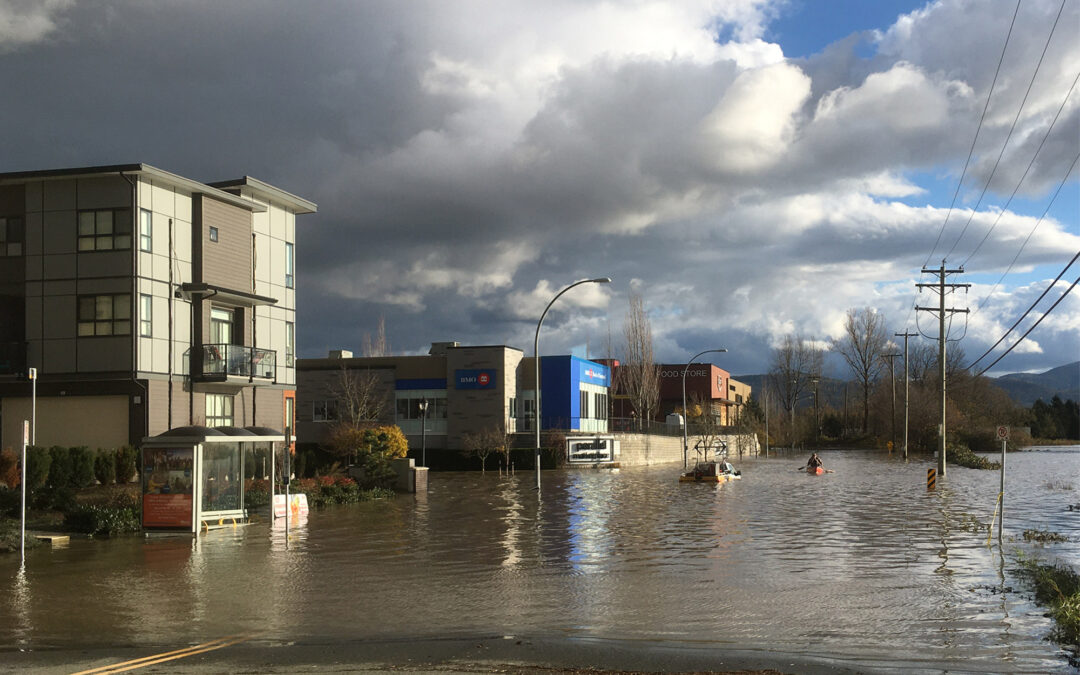Calamity has not come nigh my dwelling place, but that’s not to say it hasn’t happened close by. Drought and extreme high temperatures, wildfires, the atmospheric river that brought unprecedented rainfall, flooding, landslides, and road damage that left motorists stranded – I’ve recently seen the effects of these in my immediate area.
I’m not writing this post as an exhaustive guideline to planning our disaster preparation. That would take a book, and besides I’m no expert. No, this is a reminder to myself to take a few steps in the right direction, and to do that more often. And to share a few things I’ve learned in my recent research.
The First Seventy-Two Hours
“Building a resilient life naturally.”
First of all, I’m encouraged by discovering that being prepared looks much the same as building an intentionally resilient lifestyle. My long-time practice of living this way means we could survive the first seventy-two hours sheltering at home without much discomfort. We already embrace simplicity, in theory at least. We have plenty of candles in strategic locations, batteries, flashlights and a lantern, a crank-powered radio-flashlight, a well-stocked pantry, dehydrated foods from our gardens, many stacked systems that support natural living.
Now to stretch a little further.
Next Steps on My To-Do List
- Buy a new first aid kit to keep in the car. Our current kit is more than a decade old, and doesn’t contain much compared to the one I have on order (from Costco online). For $38 we’ll have an extensive amount of supplies that may never be used, but they’ll be on hand if we need them and that is priceless.
- Update the car emergency backpack. Dead spiders are a sure sign it needs a little attention. Currently we carry a blanket, gloves, masks, shelf stable food like protein bars. I need to look into crank-powered accessories such as flashlight, charger, radio (still researching this).
- Don’t store plastic-infused water. I want to have an emergency supply of drinking water that is plastic free.
Emergency Water
Almost immediately, and providentially, I came across a post about CANNING WATER FOR EMERGENICES. Who knew? I’ve long been suspicious of storing a supply of water in disposable plastic bottles. Also, I own a lot of canning jars and they won’t take up any more space full of water than they do empty. Ashley has done an exceptional job of researching and explaining this simple procedure, so if the idea appeals to you, take a few minutes to read her article. Let me know if you try it.
Urban and Suburban Emergency Preparedness Podcast
Recently I listened to an excellent Mother Earth News podcast with Kyle Ferleman. The topic is URBAN PREPAREDNESS and I found Kyle’s approach reassuring.
“Disaster planning and preparation is not nearly as difficult as it sounds. By adapting a few life skills you already have, learning a few helpful new skills, collecting some things you’ll need for your plan, and learning to be aware of your surroundings, you can be ready to respond when events overwhelm.”
If you’re interested, you can find it here: https://www.motherearthnews.com/podcast/urban-preparedness-zepz2201ztil/. It will be an hour of your time well spent.
Nature and Outdoor Survival Skills, Especially for Kids
Camping and survival skills are fun and exciting. The subject fascinated me when I was a kid (still does actually), so I suggest from experience that owning a few books on the topic will please your children. Going outside to try the skills will please them even more. Some basic knowledge of how to survive without all the modern conveniences can greatly increase a child’s sense of security and peace of mind.
What books to recommend? In the sixties, I devoured the Girl Guide handbook and practiced hard to earn the badges, but that was a long time ago. More recently, I have been impressed with the information in Tom Brown’s Field Guide to Nature and Survival for Children. If you have other suggestions, I’d love to hear about them. Please leave your favourite titles in the comment section below.
Faith and Comfort
Thankfulness is a firm foundation. Taking stock of what is good or even a quick review of what hasn’t gone wrong can help us keep our equilibrium when we come up against troubled times.
Whatever the calamity, the scriptures can offer age-old comfort. One of my best loved is Psalm 91. It begins …
Whoever dwells in the shelter of the Most High will rest in the shadow of the Almighty.
I will say of the Lord, “He is my refuge and my fortress, my God, in whom I trust.”
Surely he will save you from the fowler’s snare and from the deadly pestilence.
He will cover you with his feathers, and under his wings you will find refuge;
his faithfulness will be your shield and rampart. …




Excellent information. Thanks. Preparing my readiness kit this week.